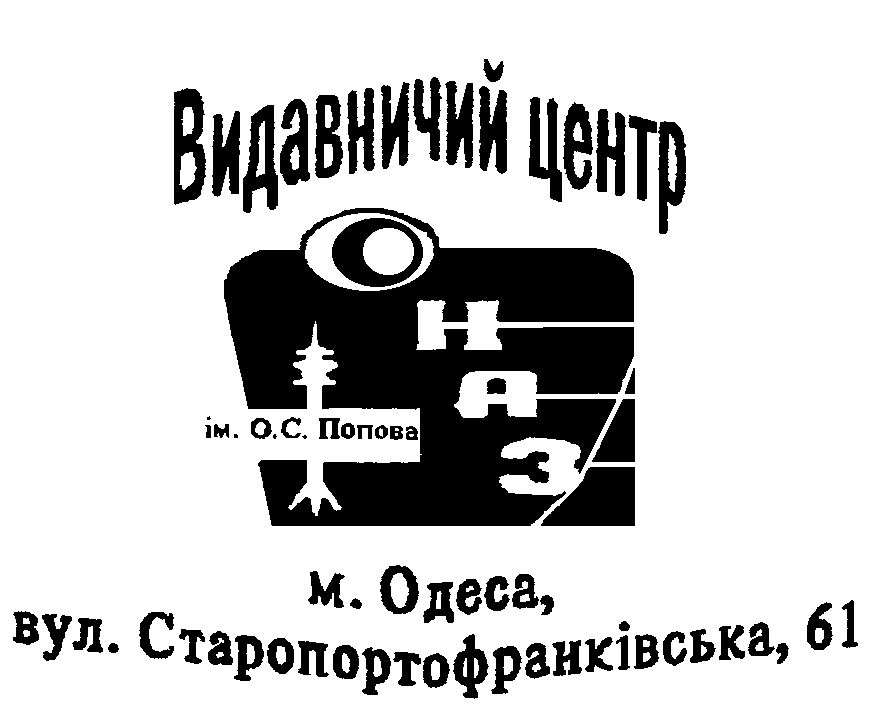
- •Ministry of education and science of ukraine
- •Module structure Module № 1. „ Electrical current and magnetic field of a current” – 72 hours total
- •List of laboratory works
- •Introduction
- •Далее Лаб 2.1 и 3.4
- •3.2. Work of electrostatic field forces
- •3.3. Field potential. Difference of potentials.
- •3.4. Graphical representation of electric field. Field lines and equipotential serfaces
- •3.5. Relation between intensity and potential
- •3.6. Vector of electric displacement
- •5. Data processing
- •6. Work execution order and experimental data analysis
- •7. Test questions
- •8. Content of the report
- •Laboratory work № 2-2
- •3.3. Kirchhoff’s rules
- •4.1. Condition of balance of bridge according to Ohm’s law
- •4.2. Condition of balance of bridge according to Kirchhoff rules
- •5. Data processing
- •6. Work execution order and experimental data analysis
- •7. Test questions
- •8. Content of the report
- •5) Equations for calculation:
- •7) Quantities calculation: …
- •3.1. Ohm’s law for various circuit units
- •4. Description of laboratory research facility and methodology of measurements
- •4.1. Measurement of emf of a source with the compensation method
- •4.2. Measurement of emf of a source by direct method
- •5. Data processing
- •6. Work execution order and experimental data analysis
- •5.1. Compensation method
- •5.2. Direct method
- •7. Test questions
- •8. Content of the report
- •7) Calculation of quantities:
- •7.1) Compensation method:
- •7.2) Direct measurement method:
- •Laboratory work № 2-4
- •3.2. Dependence of total power, useful power and efficiency of a source from the external load resistance. Maximal power theorem
- •3.3. Dependence of total power, useful power and efficiency of the source from a current
- •4. Description of laboratory research facility and methodology of measurements
- •5. Data processing
- •6. Work execution order and experimental data analysis
- •7. Test questions
- •8. Content of the report
- •7) Calculation of quantities:
- •Here, l – is the length of midline of a torus.
- •3.2. Earth’s magnetic field
- •4. Description of laboratory research facility and methodology of measurements
- •5. Data processing
- •6. Work execution order and experimental data analysis
- •7. Test questions
- •8. Content of the report
- •3.2. Magnetic Properties of different materials
- •Magnetic Properties of different materials
- •Diamagnetism
- •Paramagnetism
- •Ferromagnetism
- •Hysteresis
- •Hysteresis loop
- •4 Description of laboratory research facility and methodology of measurements
- •6) Table of measurements
- •7) Calculation of quantities and their errors
- •9) Final results :
- •10) Conclusions:
- •Bibliography
- •Physics
Ministry of education and science of ukraine

ODESSA NATIONAL ACADEMY OF TELECOMMUNICATIONS after A. S. POPOV
======================================================================
Department of physics of optical communications

PHYSICS
Module 1. Electrical current and magnetic field of a current
ELECTROMAGNETISM
PART 3: LABORATORY WORKS
for bachelor training of educational area 6.050903 –“Telecommunications”
ODESSA 2015
UDK 538 (075.8)
Publication plan 2015e.
Writers: assoc. prof. Gorbachov V.E, instructor Kardashev K.D., Tumbrukati E.G.
The following methodical guide is about section “Electromagnetism” of physics course for telecommunications technician. Four laboratory works allow students to learn basics of electrical engineering and measuring technique applied to determine main characteristics of electrical systems and magnetic field. It contains sufficient theoretical information combined with detailed descriptions of applied electromagnetic equipment construction such as Whetstone bridge, tangent-compass, and measuring techniques such as bridge circuit, comparison method.
Recommended for students of TE-group, educational area 0924 –“Telecommunications”.
CONFIRMED
at the Methodical council of ONAC
Protocol № 9/14
from 19.15.2014e.
Module structure Module № 1. „ Electrical current and magnetic field of a current” – 72 hours total
Lectures – 16 hrs, pract. trainings – 0 hrs, labs – 16 hrs, self-studies – 33 hrs.
List of laboratory works
|
Number of lessons |
Denomination of laboratory work, code of the work |
Hours |
|
Module № 1 | ||
|
1 |
2-1. Investigation of characteristic of electric field. |
2 |
|
2 |
2-2,a. The Wheatstone bridge measurement of resistance. |
2 |
|
3 |
2-2,b. Application of theory of errors in data processing. |
2 |
|
4 |
2-3, a. Finding of ЕMF by compensating method. |
2 |
|
5 |
2-3, b. Finding of ЕMF by direct method. |
2 |
|
6 |
2-4. Power of direct current circuit. |
2 |
|
7 |
3-1. Investigation of magnetic field by the tangent compass. |
2 |
|
8 |
3-4. Investigation of magnetic field in ferromagnets. |
2 |
Introduction
All laboratory works are provided in a frontal way, i.e. all group makes the same laboratory work at the same time.
Appropriate homework must forego to work in a lab. The homework contains self-studying of theory and methodology of work accomplishment, preparation of protocol which includes experimental facility’s schematic drawing, equipment table's drawing, measurement table's drawing, a list of working formulae with description of all quantities which are in, list of control questions' answering.
The allowance to performing of laboratory work will be had only those of students who have fulfilled homework and have positive result on express mini-quiz in a lab.
The report of each laboratory work should contain following steps:
Title and number of laboratory work.
Goal of the work.
Laboratory research facility's scheme.
Equipment table.
Equations for calculation with decryption of all quantities in.
Standard table of measurements for each measured quantity. It has to be checked and verified by an instructor.
Experimental data processing (write one for many similar)
Standard form of result (confidence interval and relative error or a graphic result)
Conclusion
10) Date, name of a student.
Besides this guide is recommended to use literature from bibliography given at the end of this guide.
